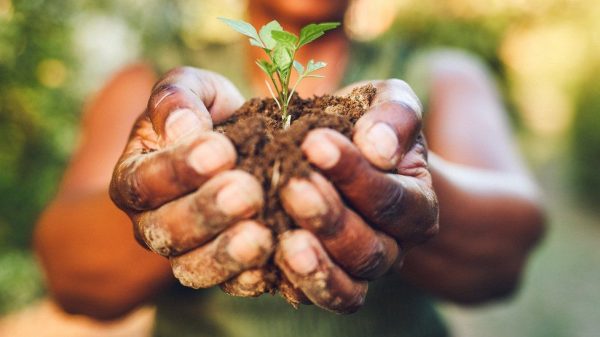Future foods: What you could be eating by 2050

- Update Time : Sunday, May 22, 2022
- 184 Time View

Scientists have drawn up a list of little-known plants that could be on the menu by 2050.
In the future, you could be breakfasting on false banana or snacking on pandanus tree fruit.
The Ukraine war has highlighted the dangers of relying on a few globally-traded crops.
With 90% of calories coming from just 15 crops, experts at the Royal Botanic Gardens in Kew, London are hunting for ingredients to future-proof our diets.
Climate change is increasing the risk of severe ‘food shocks’ where crops fail and prices of staples rise rapidly around the world.
Diversifying the food we eat is one of the solutions to alleviating hunger, addressing biodiversity loss, and helping to adapt to climate change, says Kew researcher, Dr Sam Pirinon.
“We know that there are thousands of edible plant species across the world that are consumed by different populations and this is where we can find some of the solutions for these global challenges of the future,” he says.
Of more than 7,000 edible plants worldwide, only 417 are widely grown and used for food.
The pandanus
The pandanus (Pandanus tectorius) is a small tree that grows in coastal areas from the Pacific Islands to the Philippines. The leaves are used to flavour sweet and savoury dishes across much of Southeast Asia, while the pineapple-like fruit can be eaten raw or cooked.
The tree can tolerate challenging conditions, including drought, strong winds and salt spray, says research fellow at Kew, Dr Marybel Soto Gomez.
“It is a climate resilient and nutritious food that is also delicious,” she says. “It would be great to diversify our food portfolio to include food that is culturally appropriate, nutritious, and can be grown in challenging conditions all around the world.”
If the Pandanus can be used sustainably, without depleting resources for local people, we should be growing it more widely, she says.
Beans
Beans, or legumes, are another ”food of the future”. They are cheap, high in proteins and B-vitamins, and they are adapted to a wide range of environments from ocean shores to mountain slopes.
There are 20,000 species of legumes in the world, but we use only a handful. It’s thought there are hundreds in the wild as yet unknown to scientists.
The morama bean (Tylosema esculentum) is a staple in parts of Botswana, Namibia and South Africa, where the beans are boiled with maize or ground to a powder to make porridge or a cocoa-like drink.
Not all legumes are edible, but experts are exploring the properties of different species to see which ones might provide food and nutrients.
Wild cereals
Cereals, which come from grasses, also have huge diversity, with more than 10,000 species – offering lots of potential for new foods.
Fonio (Digitaria exilis) is a nutritious African cereal used to make couscous, porridge and drinks. Cultivated locally as a crop, the plant can tolerate dry conditions.
False banana
Enset or “false banana” is a close relative of the banana, but is consumed only in one part of Ethiopia.
The banana-like fruit of the plant is inedible, but the starchy stems and roots can be fermented and used to make porridge and bread.
Studies suggest the banana-like crop has the potential to feed more than 100 million people in a warming world.















